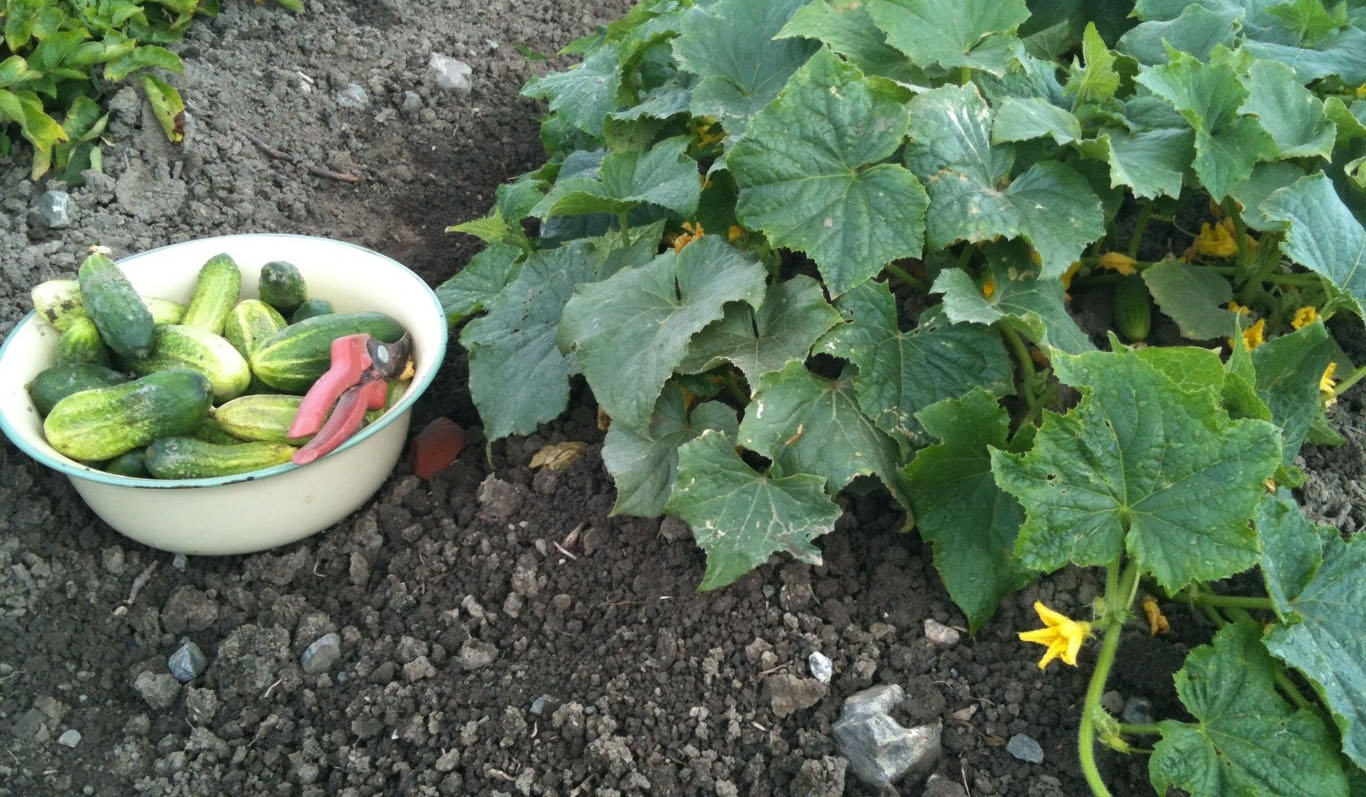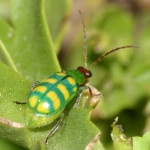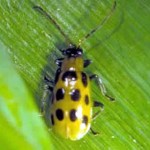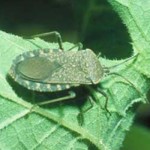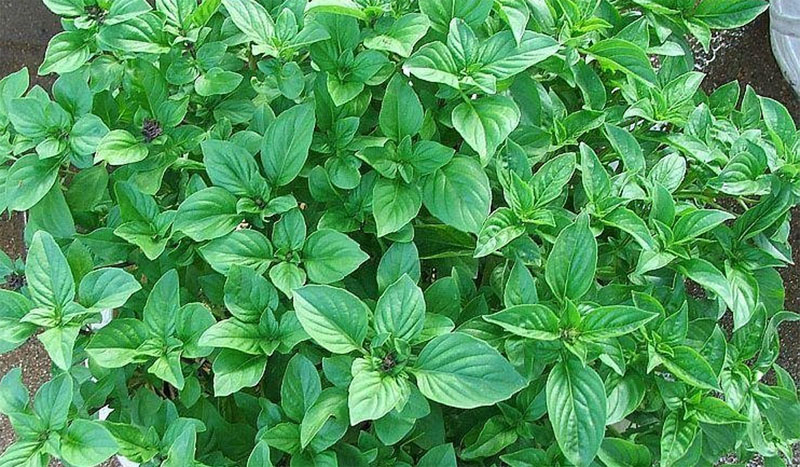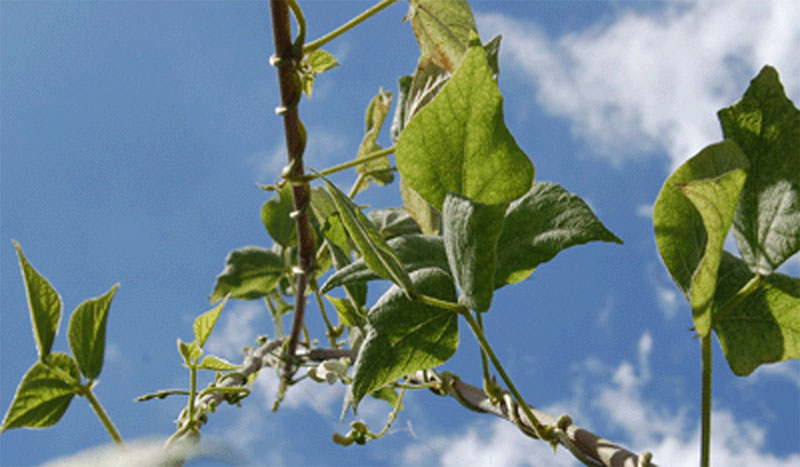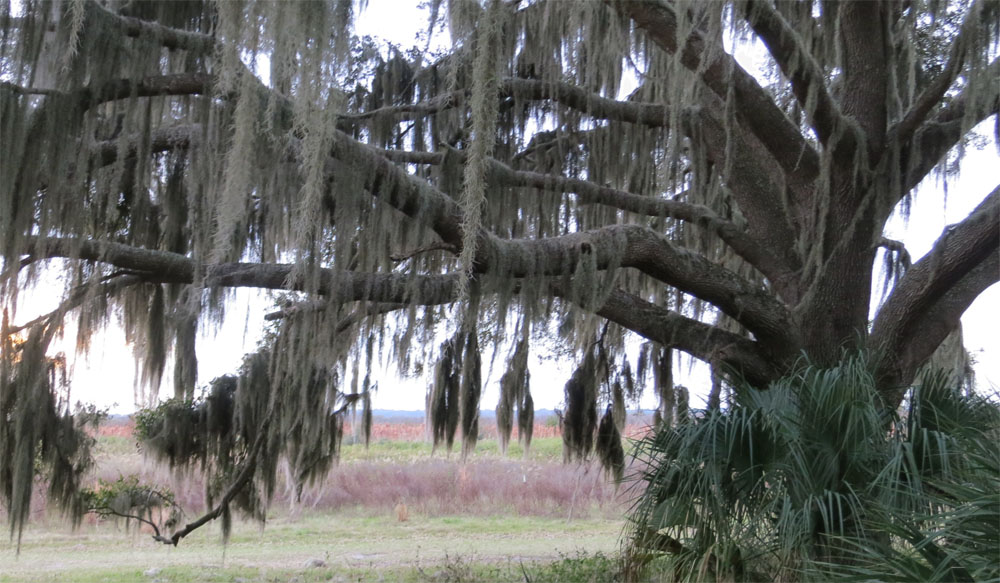Cucumbers are both simple and difficult to grow here in Zone 9. Simple because they come up easily. Difficult because they’re prone to all manner of diseases and destructive pests.
But let’s start at the beginning. You can grow cucumbers from seed pretty easily. Planting here on the Gulf Coast south of Houston, we plant cucumbers from the beginning of March to the end of April. Hardy candidates for this region (and most likely yours) include Straight Eight (the smaller pickling cukes) and Sweet Success, Suyo Long and Spacemaster (for slicing).
I’ve found it best, though not essential, to start cucumbers from seed in the garden. Cucumber seedlings are readily available in Big Box Land but the stems are very delicate and easily damaged, so I direct-seed.
Requirements:
- Nice, deep soil (roots are 3 to 4 feet deep!)
- Well-drained soil, preferably in raised beds
- Full sunlight (6 to 8 hours a day)
- Warm temperatures
- Lots of space going up on a trellis or fence (cucumbers can grow 6 to 8 feet tall)
- Water, water, water during the growing season
Soil preparation
Get rid of any large pieces of debris. Dig the soil 8 to 12 inches deep. Turn each shovelful of soil completely over and make sure it’s nice and loose. Now work the soil into ridges 4 to 6 inches high and at least 3 feet apart.
Planting
In your prepared ridges, make a thin, 1-inch-deep furrow down the center of each hill. Plant a few seeds every foot or so down the ridge. Cover the seeds with about 1 inch of loose soil and gently tamp it down. Planting extra seeds is OK; you will remove extra plants soon after they come up.
Fertilizing
You should work in 1 cup of 10-10-10 or 10-20-10 fertilizer for each 10 feet of row. When the vines are about a foot long, feed them about 1/2 cup of fertilizer for each 10 feet of row, or 1 tablespoon per plant.
Watering
Cucumbers need to be deeply watered at least once a week.
Weeding
Keep weeds away from your cucumber plants, but be careful. Don’t hoe the soil deeper than 1 inch as you may cut the delicate feeder roots.
Flowers
Cucumbers have both male and female blooms. Male flowers open first and then drop off. Female flowers form the cucumber and need to stay put. If the female blooms drop off, use a Q-tip to touch the inside of each male and female flower to pollinate, thus encouraging fruiting.
Insects
Unfortunately, a number of pests will be waiting to make a meal of your cucumber plants. The banded cucumber beetle is 1/4 inch long and has yellow-green body with three yellow bands. The spotted cucumber beetle is 1/4 inch long and is yellow-green with 12 black spots. The squash bug is up to an inch long and is reddish brown when small and gray-brown when grown.
You’ll need to decide what insecticide to use (organic or inorganic) and spray regularly. Sevin is an inorganic choice. If you’re an organic gardener, your options include sulfur, Bt-based insecticides. Of course, always follow the label directions.
Diseases
Most diseases present as spots on the the upper or lower sides of the leaves. You should check the plants every day and spray them with the fungicide of your choice if diseases show up (and they will). Neem oil and sulfur are two of your fungicide choices; use them safely!
Harvesting
Don’t wait until your cucumbers get yellow; get them when they reach the desired size and are green.
Cucumbers take a lot of work, but the results are worth it. Here’s to a healthy harvest of cool, refreshing cucumbers. Enjoy!


